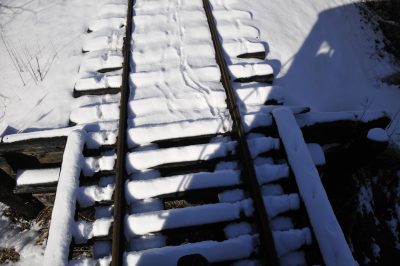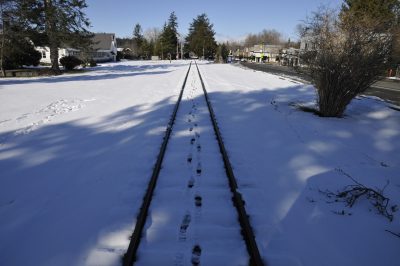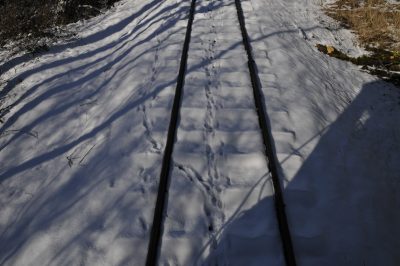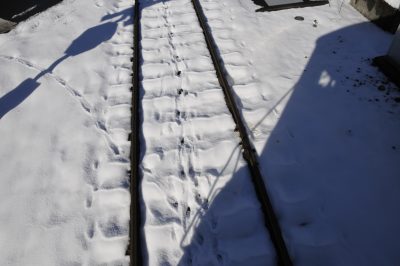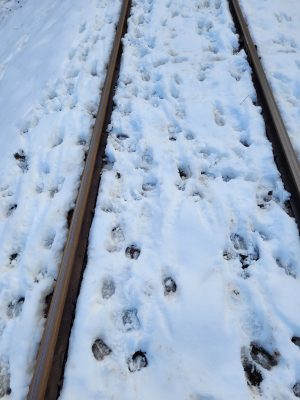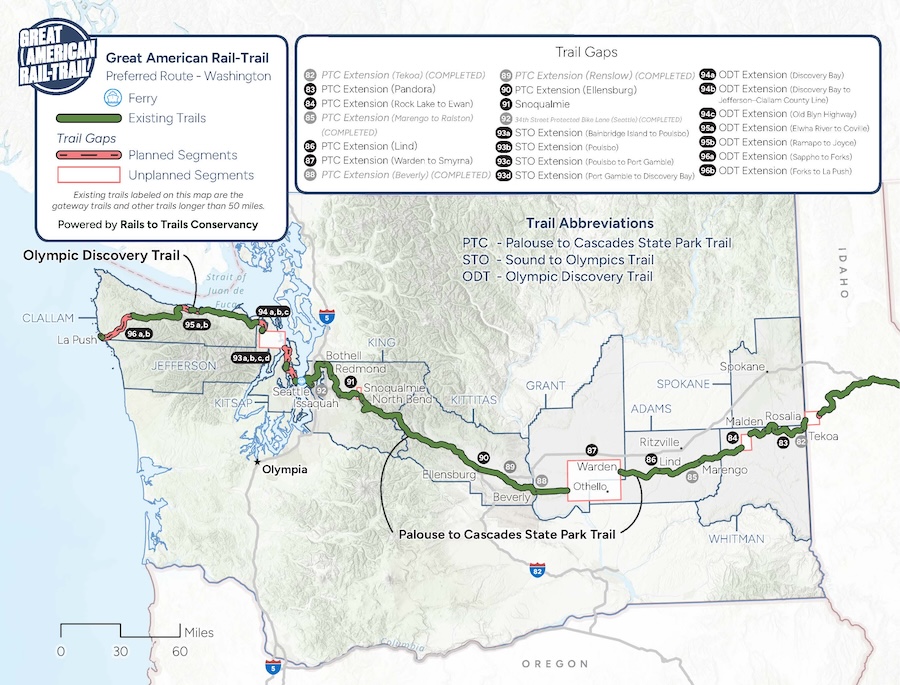
A map of current rail-trails in Washington state, from the Rails to Trails Conservancy. Parts of the historic Seattle, Lake Shore & Eastern Railway line are now rail-trails.
Railroad grades are perfect walking trails as they are gently sloped and clear of shrubbery. That is why the Pacific Northwest has so many rail-trails, widely enjoyed by hikers. Wild animals enjoy man-made roads and trails for the same reasons.
While a rail trail is a wonderful place to walk, people and animals still choose to walk on active railway lines too. It may be more direct, more convenient, or feel safer when compared to a busy highway with cars. Many people think this about the Snoqualmie Valley Railroad line. It is quite common to see animals walking along railway tracks, especially so close to the Mount Baker-Snoqualmie National Forest. The reality is that it is never truly safe to walk on train tracks.
The biggest danger is that tracks are for trains. You never know when a train will roll down the line. Most people know the Museum runs train rides on the weekends. Did you know that during the week the Museum might run track maintenance equipment, switch cars between locations, or run a locomotive up the line to check for track hazards after a major weather event? That is why the golden rule of railway safety is to expect a train at any time on any track from any direction when you see train tracks.
A lesser-known hazard is the danger of slipping and falling, especially when crossing a rail bridge. It might look like a safe step, but one misplaced foot or one slippery wood tie is all it takes for a tumble. If you were lucky you might fall into the water below; if unlucky, you could hit your head on the steel rail or fall off into water too shallow to break a fall.
The Museum recently ran an engine during the week to check the tracks after a snowstorm and knock down any snow piles at road crossings. Most of these photographs were taken during that trip, highlighting the importance of leaving the train tracks to the trains.

